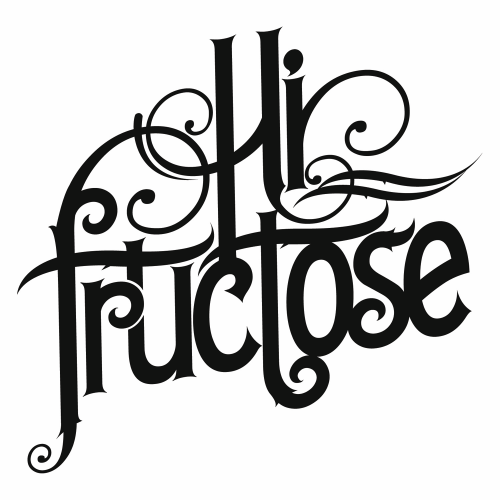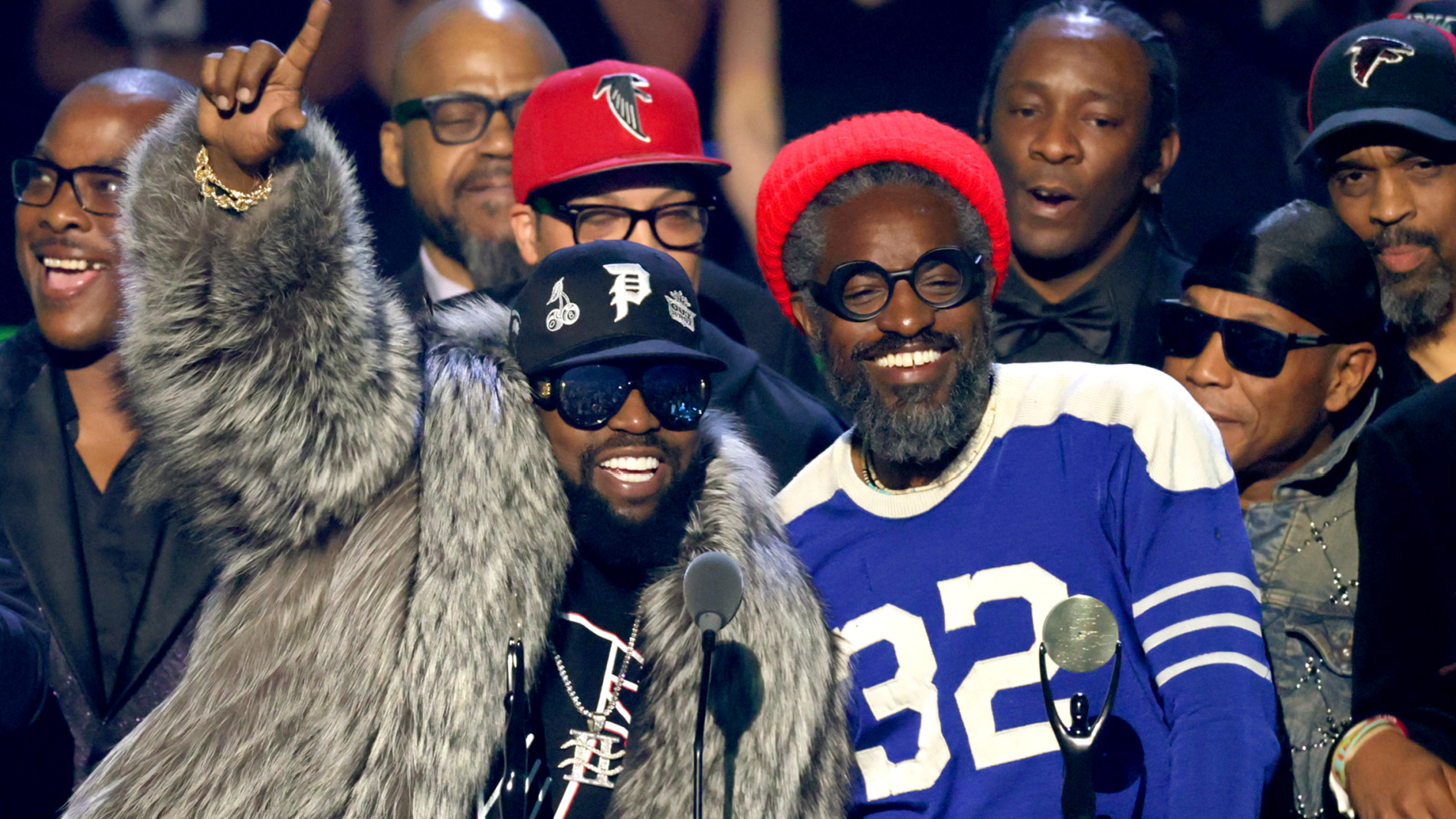Beyond her distinctive imagery and thematic explorations, Slappey’s technical skills are also exceptional, lending an almost photorealistic quality to elements of her work. Her paintings have both a recognizable look as well as a unique feel. She produces the kind of imagery that is not just visually captivating but also stirring, the kind that elicits an immediate response from the viewer. The marriage of how things feel and how they actually are is a concept Slappey has considered at length. “Many times, how it feels to be in a body is quite separate from what it actually, objectively looks like,” she says. “That dichotomy between different styles of painting highlights those competing realities.”
Many times, how it feels to be in a body is quite separate from what it actually, objectively looks like.“
In her recent works, Slappey explores everyday rituals like shaving, bathing, and applying lipstick. These acts are second nature to so many of us,
but what happens when you consider them as part of a larger whole? Her paintings seem to argue that these actions, no matter how minute, cannot be isolated from their sociological implications. Shaving, for example, is “personal, political, sexual, and, if you cut yourself badly, medical,” she explains. “But it’s such a quiet, non-event in our lives that it just gets lumped into automated women’s rituals.”
Her work awakens her audience to the extent to which we are inured to these rituals. If we nick our skin while shaving, do we think anything of it? But what if someone purposefully cuts us with a razor? There is pain involved in plucking eyebrows, waxing pubic hair, and injecting fine lines. We take scissors and tweezers and hot wax strips to ourselves without really thinking twice, systematically attacking what we’re told is unfeminine or unattractive. What we’re left with, besides the pain, is a single, homogenized version of “woman.” In portraying anatomical elements that seem unconnected to an actual body, Slappey is reminding us how separate from our true selves we become with every attempt to tame what is natural. We are both willing practitioners and unwill ing victims in this cultural practice. “Living in a human body is full of both tenderness and violence,” Slappey explains. “Cells are being destroyed and regenerated all the time. Your skeletal system is a protective armature but is culturally a powerful symbol of death and decay. The body encapsulates this paradox completely.” The human price of self-care—in a way, the price of scarifying our own humanity—is steep. The old moniker “beauty is pain,” has never felt so apropos.
But there is never just one layer to these works. Their implications are as tangled as the compositions themselves, constantly daring us to dig deeper. “I spend countless hours with each painting,” says Slappey, “so there is much more than one or two emotions or tidy explanations for each piece.” Beyond the body, traditional images of femininity abound. Glinting earrings, well-tied bows, painted nails, and braided hair are all recurring motifs. A more subtle reference to feminine ideals comes in the form of painted backgrounds that feature gingham prints, daisies, and pale pinks. Yet for every hint of feminine softness, there is a corresponding violence. Lipstick becomes blood, earrings pierce skin, nails claw and ribbons restrain. Slappey’s imagery embodies the conflict of violence and softness that lives within all of us. “I think a lot about femininity and violence and how they are intertwined or are perhaps even the same thing,” Slappey states. “As a concept, femininity can be so insidious and grotesque, and I find that incredibly fascinating.”














